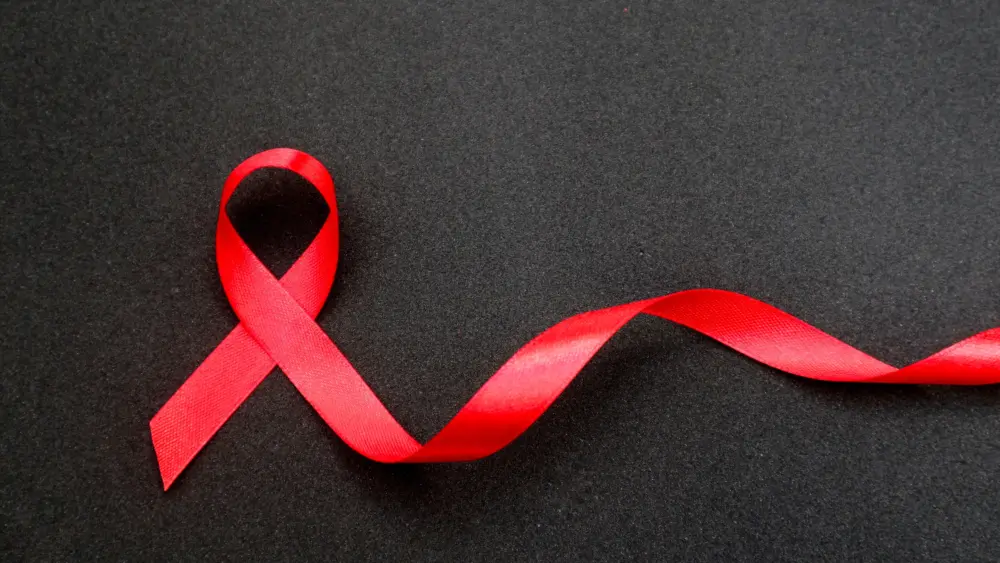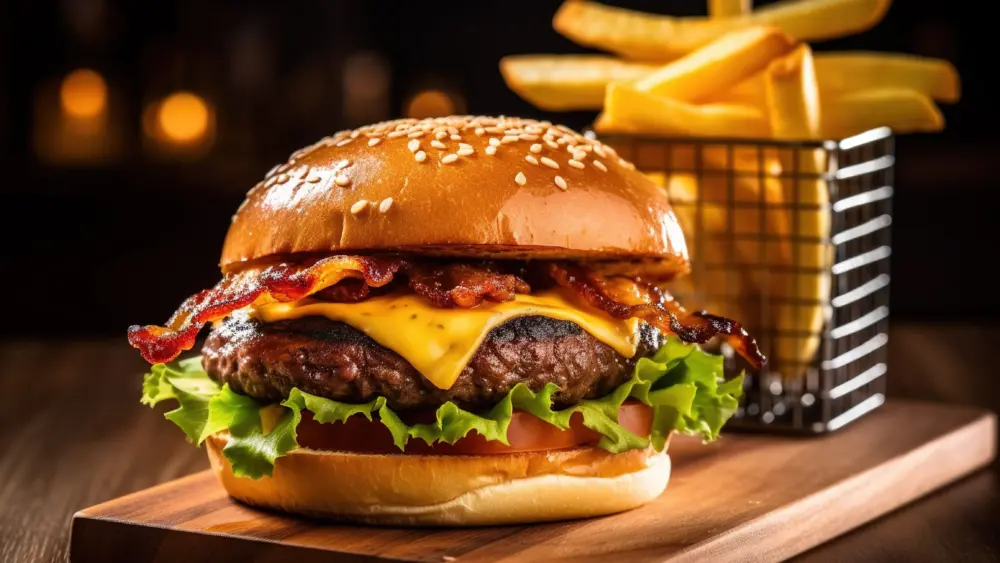It seems my relocation to Napa Valley has coincided with a movement among the next generation of wine professionals and the rise of the millennial wine drinker. It’s been interesting to watch a valley steeped in history morph while, at the same time, continue to stand still. So I decided to be a moth on the wall at the Napa Valley Wine Library Association’s seminar, “Pairing Words and Wine.” The event brought together five wine industry up-and-comers who were profiled in panel moderator Chelsea’s Prince’s new book, Rock and Vine: Next Generation Changemakers in America’s Wine Country.
The panelists ranged from marketers and entrepreneurs to winemakers, all eagle-eyed on making strides in the industry, including Angelina Mondavi of Dark Matter and One True Vine, Danny Fay of Envolve Winery, Jordan Kivelstadt of Free Flow Wines and Kivelstadt Cellars, Tony Leonardini of BNA Wine Group and Maggie Pramuk of Robert Biale Vineyards.
Lines were drawn early when each participant demonstrated a respect for the traditions of generations past, yet a drive to innovate. For Pramuk, who does sales and marketing at Biale under the wing of her father, Dave, the line is thin. “We built our brand making wines from historic vineyards. We consider ourselves part preservationist, part winemaker.” The winery, known for its Zinfandel, takes a Burgundian approach to its wines and still adheres to a winemaking style that uses as little manipulation as possible.
Leonardini, of the Nashville and St. Helena-based BNA Wine Group, heightens awareness around a conflict at play in the industry. “The tradition is wine in barrels from old vineyards, but we had sourcing issues, so we traveled all over the state and realized people weren’t using barrels. Everything was tank farmed. Wine in barrel is the tradition but to make large amounts you have to go another route,” he says.
Alternative forms of packaging challenge the tried-and-true in favor of convenience and consciousness according to Kivelstadt, CEO and co-founder of Free Flow Wines. He built up the Napa-based wine-kegging business to the level of distributing 250 premium wines on tap to more than 1,500 restaurants, hotels, sports and entertainment venues across the nation. “Part of the fun of being part of the next generation is we continue to innovate to get the best product possible. Kegs perfectly preserve wine. It never oxidizes or changes in taste. And we take thousands of tons of trash out of landfill.”
Fay, CEO of Sonoma-based Envolve Winery, is innovating by way of environmental consciousness through a commitment to organic farming and the production of biodynamic wines. “Sonoma has always been in the shadow [of Napa], but we’re a little more diverse with tons of microclimates. We want to invest in soils and vines that will stand the test of time.”
For the good or bad of it, it could be argued that many of these “trends” have succeeded in part because of millennials, who are more committed to preserving the stratosphere than they are to tradition. From Kivelstadt’s perspective, “They’re excited by innovation. There’s so much going on with growlers and other refillable containers. There’s more readiness and acceptance from younger consumers, looking for new ways to drink wine. There will always be bottles, but newer consumers are open to these innovations.”
Prumak, a millennial herself, notes her demo set drinks more wine at a younger age with less loyalty to brands, and shifts in communication preferences. “We’re using the Internet, Facebook and mobile apps. We love using innovative ways to learn more about wines. We’re more adventurous, consuming at a younger age, and we’re not afraid to go out and buy a Viognier.” It’s many of these same consumers whose palates are gravitating to sweeter wines like Moscatos and, in the case of Leonardini, a different kind of Chardonnay. His Butternut Chardonnay, which he’s described as a “grammatical mistake,” was made from over-oxidized grapes. Instead of dumping the initial lot, he evaluated its potential appeal for his core customer base of 25- to 35- year-old women, and opted to try to sell the wine instead. “It started out as a disaster but became our top-selling wine.”
Alcohol levels and antiquated laws
The group swapped opinions and approaches on the rise of alcohol levels of today’s wines. For Mondavi of Dark Matter wine, a label she started with her three sisters, it’s less about alcohol levels and more about taste. “If I were to pick the Zinfandel earlier, the flavors and balance aren’t there. Sometimes the acid and pH is funky and it just doesn’t come together. From the winemaker perspective, I go to taste versus alcohol level.
At Envolve, the emphasis is more on acid-driven wines. “We try to make wines that are food-friendly. If the alcohol level gets too high, it’s overpowering,” says Fay.
The panel ended with an exchange around the three-tiered distribution system, put in play eons ago after the repeal of Prohibition yet still limiting how alcohol producers can sell their products (producers to distributors to retailers). There’s consensus among the group that the system is antiquated, yet therein lies the opportunity, according to Kivelstadt. “There needs to be some changes in the ways consumers have access to alcohol, and we need a way to access consumers that isn’t from the three-tiered distribution system. I look to the next 20 years for radical changes that will be aided by technology, and see myself [and company] as an active participant in providing new ways for consumers to get access to wines.” Mondavi simplifies the plight, “It’s going to take some time, it’s like turning the Titanic.”
Enacting change and innovation in an industry built on tradition could be viewed as an equally challenging turn, and maybe that’s OK—when it’s about checks and balances to ensure product integrity remains as technological advances drive change.
Author
-

Christina Julian left Los Angeles and a career in advertising to sip and swirl for a living in Napa Valley, where she vowed to make wine and the discussions around it, more approachable. She’s covered everything from arts and entertainment to travel and leisure but remains true to her own words as a wine and food writer for The Infatuation. NorthBay Biz was one of the first regional publications she wrote for when she landed here more than a decade ago, and she’s never looked back. Learn more at christinajulian.com.
View all posts



